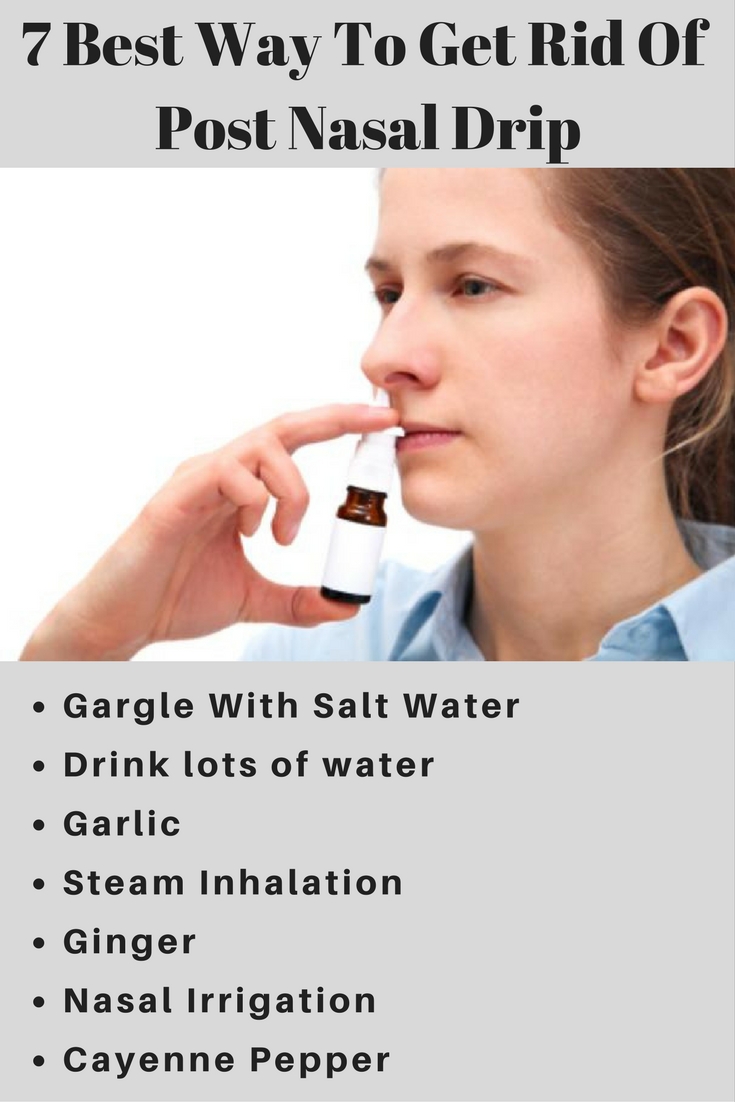Post nasal drip after a cold. Finding Relief from Post-Nasal Drip: Causes, Symptoms, and Treatments
What causes post-nasal drip? How can you find relief from the symptoms of post-nasal drip? Get answers to these questions and more.
Understanding Post-Nasal Drip
Post-nasal drip is a common condition that occurs when excess mucus accumulates in the back of the throat, causing a constant sensation of drainage or the need to clear the throat. This can be a byproduct of a cold, allergy, or other underlying condition. Let’s explore the causes, symptoms, and effective ways to find relief from post-nasal drip.
Causes of Post-Nasal Drip
Mucus production is a normal and healthy function, serving to trap foreign particles, eliminate debris from the sinuses, and humidify the air we breathe. However, excessive mucus secretion or thickened mucus can lead to the unpleasant experience of post-nasal drip. Some of the most common causes include:
- Allergies: Inflammation or swelling of the nasal lining due to allergic reactions can spur overproduction of mucus, leading to post-nasal drip.
- Dehydration: Breathing dry air, especially in the winter, can dehydrate the nasal passages and cause thicker, stickier mucus.
- Environmental Conditions: Changes in temperature, wind, and humidity can affect the nose’s sensitivity and mucus production.
- Sinus Issues: Sinus infections, structural problems like a deviated septum, or other sinus-related conditions can contribute to post-nasal drip.
- Acid Reflux: When stomach acid rises into the throat, it can irritate the nasal lining and trigger excess mucus production.
- Age: Older individuals are more prone to dehydration and thicker nasal secretions, leading to post-nasal drip.
- Smoking: Smoking can impair the cilia (small hairs) in the nose that help clear mucus, resulting in thicker secretions.
Symptoms of Post-Nasal Drip
In addition to the constant sensation of mucus dripping down the back of the throat, other common symptoms of post-nasal drip include:
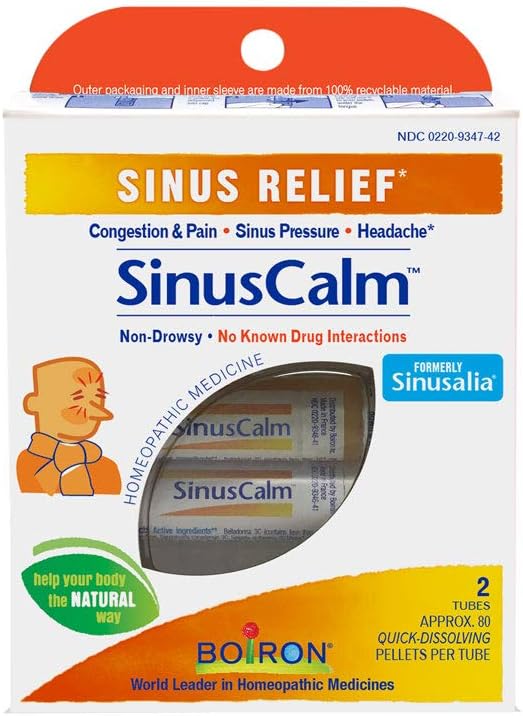
- Itchy or irritated throat
- Hoarseness or changes in voice
- Frequent throat clearing or coughing
- Discolored or foul-smelling mucus
- Fever (if accompanied by a sinus infection)
When to Seek Medical Attention
If your post-nasal drip persists for more than two weeks or is accompanied by concerning symptoms, it’s a good idea to consult a healthcare provider. You should schedule an appointment if:
- You have persistent nasal congestion, especially on one side
- Your post-nasal drip is accompanied by chronic hoarseness or cough
- Your mucus appears discolored, bloody, or has a foul odor
- You have a fever along with the post-nasal drip
A healthcare provider can help determine the underlying cause of your post-nasal drip and recommend the most appropriate treatment.
Treating Post-Nasal Drip
There are several effective ways to find relief from the symptoms of post-nasal drip:
- Nasal Irrigation: Using a saline rinse, neti pot, or Navage system can help thin and flush out excess mucus.
- Nasal Sprays: Prescription or over-the-counter nasal sprays can help reduce inflammation and thin mucus.
- Decongestants: Oral or topical decongestants can temporarily relieve nasal congestion and post-nasal drip.
- Antihistamines: For allergy-related post-nasal drip, antihistamines can help block the immune response and reduce mucus production.
- Humidifiers: Adding moisture to the air can prevent the nasal passages from drying out and producing thick, sticky mucus.
- Hydration: Drinking plenty of fluids can help thin out mucus and keep the nasal passages moist.
Preventing Post-Nasal Drip
To help prevent or minimize episodes of post-nasal drip, consider the following strategies:

- Identify and avoid triggers like allergens, dry air, and irritating foods.
- Use a humidifier, especially in the winter months.
- Stay hydrated by drinking plenty of water.
- Quit smoking and avoid secondhand smoke.
- Promptly treat colds, sinus infections, and other underlying conditions.
- Maintain good nasal hygiene through regular saline rinses or sprays.
Conclusion
Post-nasal drip can be an annoying and persistent condition, but with the right understanding and treatment approaches, you can find relief. By identifying the underlying causes, implementing effective therapies, and making lifestyle adjustments, you can overcome the challenges of post-nasal drip and breathe easier.
Finding Relief from Post-Nasal Drip
The season of allergies and colds is upon us and, with it, the all-too-familiar runny nose and its frequent companion, post-nasal drip. And adding an extra level of caution this year is the spread of COVID-19, which can cause symptoms similar to post-nasal drip at its onset.
Let’s review a few facts behind post-nasal drip: what it is, what causes it, and what we can do about it.
Why does mucus form? Mucus actually serves a healthy purpose. The glands within your sinus cavities produce it in order to trap foreign particles, eliminate debris from the sinuses, and help humidify the air you breathe.
Typically, debris cleared from the nose is pushed into the nasopharynx, then into the back of your mouth as post-nasal drip, which you swallow like saliva. In general, this process is routine and beneficial. But it can become an issue when mucus secretion becomes excessive and causes serious nasal congestion or an irritated throat.
Post-nasal drip can result from many factors, most of them not a serious threat to your health. The most common causes are allergies that cause inflammation or swelling of the lining of the nose, spurring overproduction of mucus.
When this excess mucus is persistent—or if its thickness and frequency cause that constant drip in your throat—you may begin to experience additional symptoms, like an itchy throat, hoarseness, and the need to clear your throat constantly.
Feeling that familiar drip in the back of your throat? Post-nasal drip is often triggered by seasonal allergies. Learn more from Dr. Lee. @MedStarWHC via https://bit.ly/2Wab4hL.
Click to Tweet
In addition to allergies, here are some other factors that may cause or aggravate your post-nasal drip:
- Dehydration: Breathing a lot of dry air—very common when the heater goes on in the wintertime— can dehydrate the nasal passages or cause increased production of mucus.
 Being dehydrated can also cause the mucus that’s produced to be thicker.
Being dehydrated can also cause the mucus that’s produced to be thicker. - Environmental conditions: Depending on the individual, the lining of the nose can be sensitive to changes in temperature, wind, and humidity. Fluctuations may affect when and how the nose produces mucus.
- Seasonality: Some people are more affected in the spring if they’re allergic to tree pollen or in the fall if they’re allergic to weeds in bloom. Some suffer more in cooler, drier months, or get more sinus infections in winter. Every nose is different.
- Sinus issues: Sinusitis, a sinus infection, or a structural problem with the nose that affects airflow (such as a deviated nasal septum) can cause swelling or edema of the nasal lining, and lead to more mucus production and more post-nasal drip.
- Acid reflux: When acids rise from the stomach into the throat (especially after you eat spicy foods, large quantities of food, and/or greasy foods) your esophagus, the back of your throat, and even your nose may become irritated.
 Because the lining of the nose is not suited for exposure to such irritants, you may find that more mucus is produced, leading to post-nasal drip.
Because the lining of the nose is not suited for exposure to such irritants, you may find that more mucus is produced, leading to post-nasal drip. - Age: Older patients are more prone to dehydration and have slightly thicker nasal secretions and drier nasal cavities, often spurring intermittent hoarseness, frequent throat clearing and chronic cough.
- Smoking: A larger percentage of smokers tend to have post-nasal drip. Cilia—small hairs in the lining of the nose—propel mucus toward the back of the nose to clear it. Smoking can stunt the cilia’s ability to do their job, so secretions may become very thick and arrive at the back of the throat as post-nasal drip.
When to Consult a Specialist
If your post-nasal drip is a byproduct of a common cold and resolves on its own, it’s not likely to be concerning. But if it persists for more than two weeks, consider being evaluated by a doctor who can help you feel more comfortable.
You should schedule an exam if:
- Your post-nasal drip is accompanied by persistent dripping outside your nose as well
- Your nasal passages have been stuffy for some time, especially on one side of the nose
- Your post-nasal drip comes with chronic hoarseness or cough that’s been present for 3-4 weeks or may be worsening
- Your excess mucus looks discolored or bloody, has a bad odor, or is accompanied by a fever
At MedStar Washington Hospital Center, it’s very common for us to see these issues in patients with sinus or allergic rhinitis symptoms, and most of these issues are related to inflammation in the nose. But there could be other underlying reasons as well.
Rinses and Sprays Can Help
There are a number of ways to thin mucus, help the nose drain more efficiently, and prevent infections. Rinsing aids such as NeilMed® Sinus Rinse, neti pots, or Navage® can be used to beneficially irrigate the lining of your nose.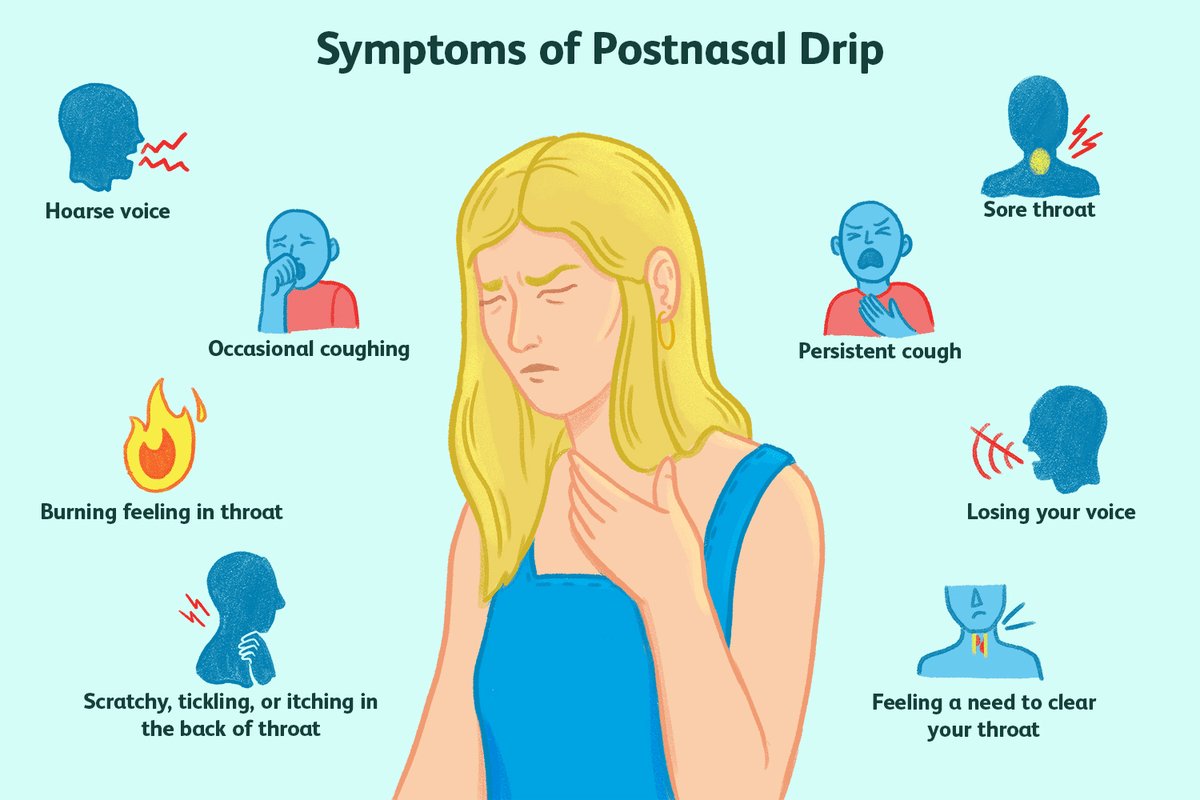 The irrigation products come with little pre-made salt packets; you can add either distilled water or boiled tap water that you’ve let cool first.
The irrigation products come with little pre-made salt packets; you can add either distilled water or boiled tap water that you’ve let cool first.
Mist sprays can also help, although they are typically not as effective as a rinse. The mist sprays function to help moisturize the nasal passages but may not be as effective in clearing the mucus secretions and getting into the sinuses.
In addition to recommending a rinse or spray product, I typically prescribe Flonase®, azelastine, Atrovent®, or some combination. For people with posterior drip and sinus issues, these sprays can be very helpful. Continued use can help keep inflammation down and decrease mucus production to keep the nasal drip under control. And you don’t necessarily have to use these medications indefinitely. After we control the symptoms, we can start to decrease medications while continuing to observe how you’re doing.
Can home remedies also help? Sometimes. “Non-drowsy” antihistamines, saline sprays, sleeping with your head elevated, using a humidifier, and drinking chicken soup and other hot liquids can work to thin mucus a bit. Avoiding cigarette smoke can help as well (and benefits your health in other ways).
Avoiding cigarette smoke can help as well (and benefits your health in other ways).
Is Post-Nasal Drip Curable?
Unfortunately, no. So far, we can’t cure inflammation in the nose, only manage it by using the sprays and rinses. But it’s crucial to be consistent with their use and to discontinue them gradually and systematically. Stopping them prematurely may allow inflammation to return.
If your nasal secretions are thin, white, and watery, you are generally OK unless they’re persistent. If you develop frequent or thick, yellowish, green, or other colored mucus, if it has a foul odor, if you feel facial pressure and pain, or if you experience a change in your sense of smell, seek medical care.
Besides ongoing post-nasal drip, persistent or chronic throat irritation, voice irritation, nasal congestion, stuffiness, or difficulty breathing through the nose should be addressed before they potentially lead to other symptoms. For example, when you have difficulty breathing through your nose, you often end up breathing through the mouth, which can put you at a higher risk for sleep apnea and sleep disturbances.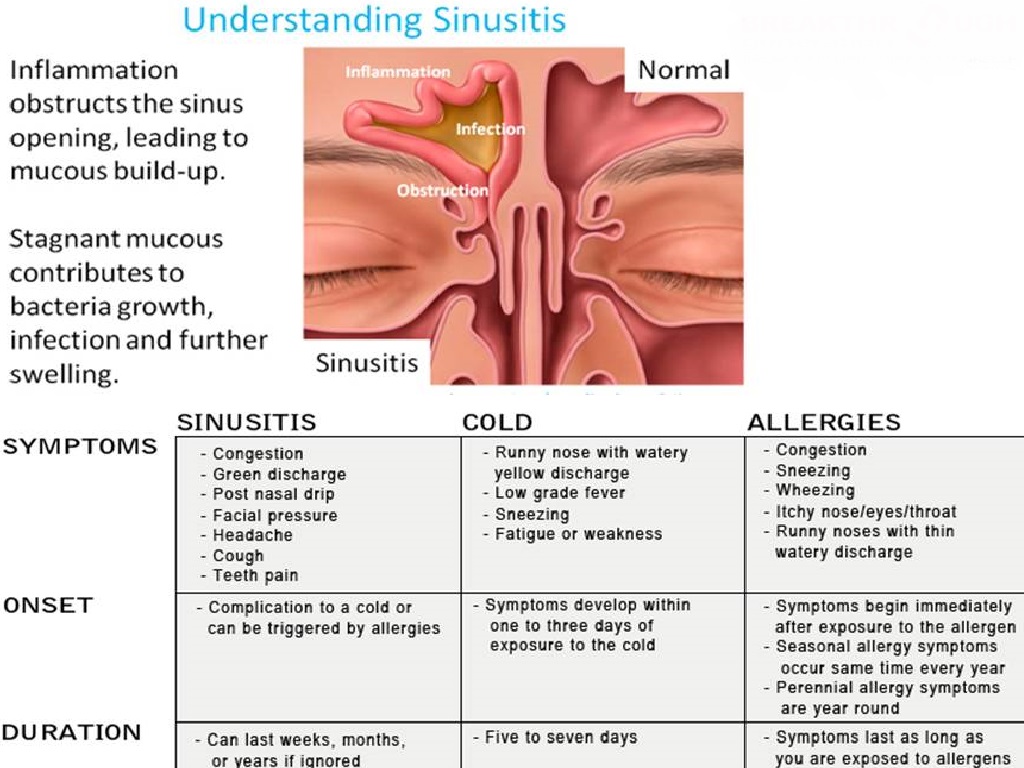
If you have the severe, progressive or persistent symptoms of post-nasal drip that I’ve described, I encourage you to work with a doctor, track your symptoms, and use your prescribed treatments regularly.
What to Expect from an Examination?
Post-nasal drip is so common that general practitioners and family medicine doctors see it much more frequently in their offices than we do, and they typically refer patients to us when they display symptoms that are persistent and not improving.
When you come to MedStar Washington Hospital Center, we provide you with a comprehensive evaluation, as well as care that’s both empathetic and thorough. Throughout our department, my colleagues and I take pride in listening to our patients and developing a plan that works to control and improve your symptoms.
We’re a collegial and collaborative team, experienced with disorders ranging from the benign to the most complex and critical. We stay up-to-date with the latest treatment options related to medical therapies, surgical therapies, and procedures to mitigate your symptoms and underlying problems.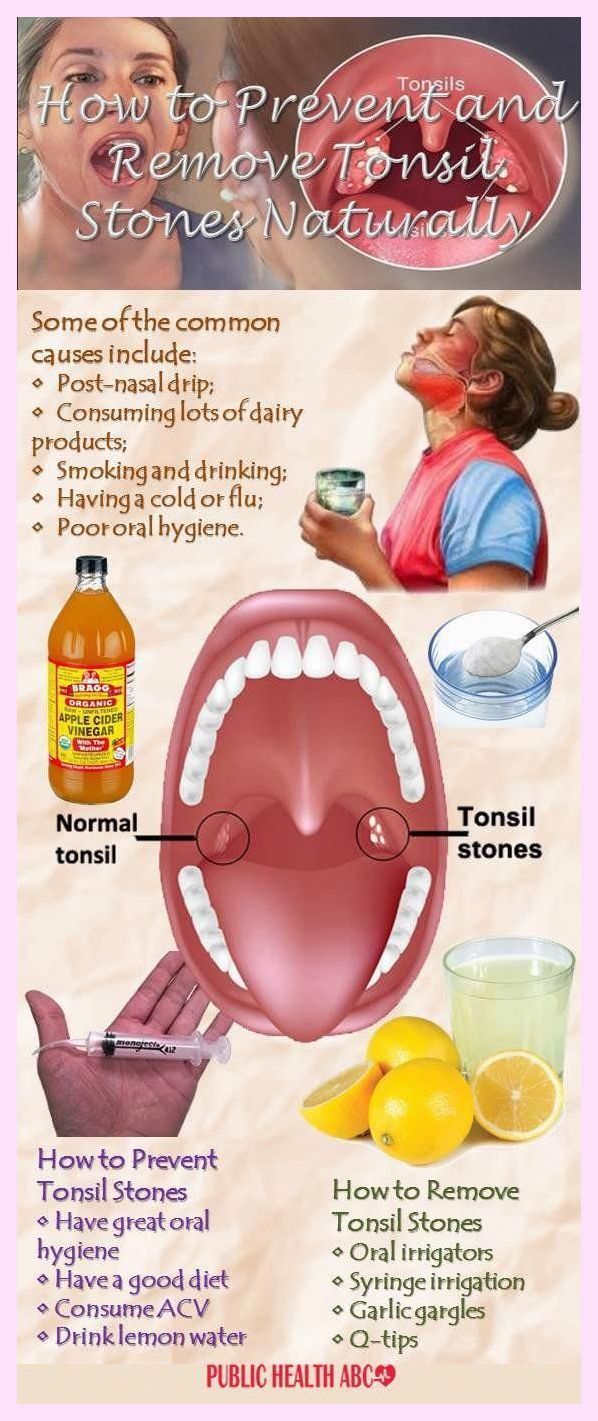
We like to see you in person for a physical examination of the nose and nasal lining, either via endoscopy or anterior rhinoscopy, to observe how the mucus is draining from the sinuses. A quick look at the back of the throat can help us note any thick secretions, irritation, or inflammation, and determine an appropriate treatment.
In a small amount of cases, we may find that a situation is more complex—for example:
- Allergic rhinitis with turbinate hypertrophy which can cause nasal obstruction
- A septal deviation that’s aggravating the symptoms, and the patient is not improving on sprays
- Nasal congestion or obstruction that can be improved by fixing the structures
If the issue is sinus-related, we may recommend sinus surgery to bring relief.
Remember: It’s not necessary to tolerate chronic post-nasal drip symptoms and related complications that could be affecting your quality of life. We have options that can alleviate your discomfort.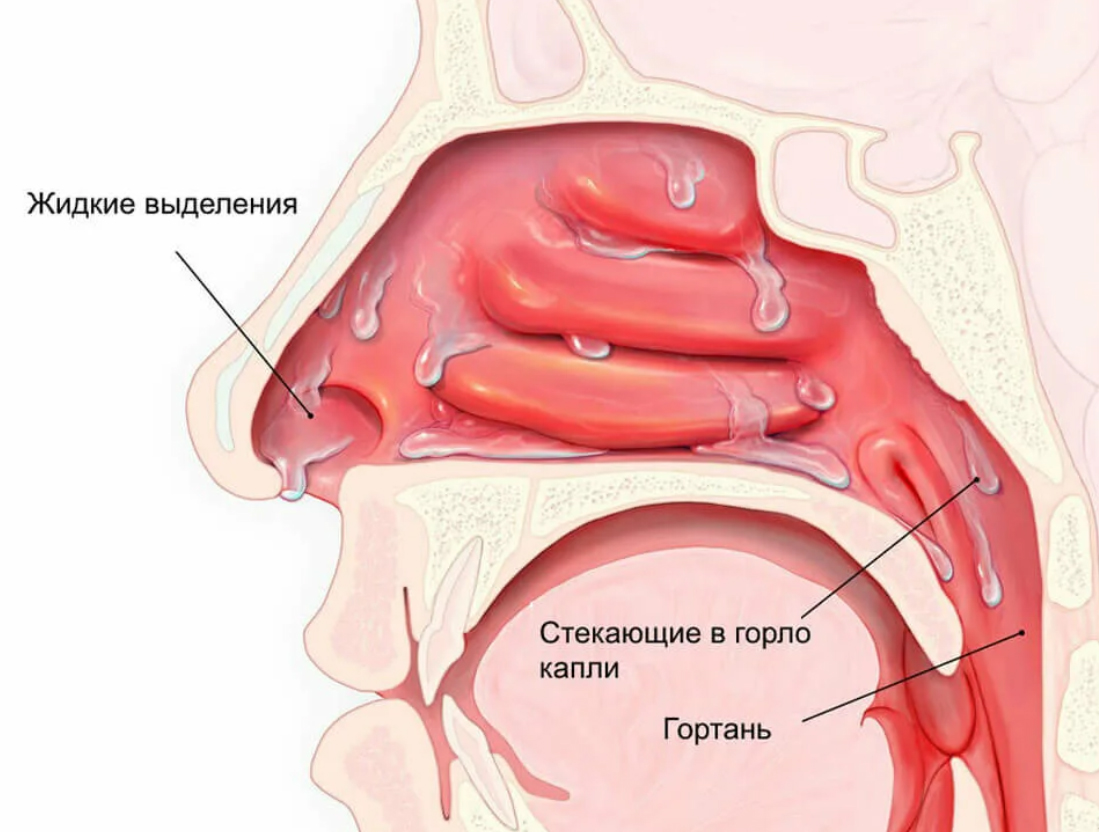
Excessive post-nasal drip?
Our specialists can help.
Call
202-788-5048 or Request an Appointment
Categories
Living Well
MedStar Washington Hospital Center
MedStar Southern Maryland Hospital Center
Sore Throat & More From Sinus Drainage
Written by Stephanie Watson
- Mucus Colors Meaning
- What Causes Postnasal Drip?
- Postnasal Drip Symptoms
- Postnasal Drip Treatments
- Postnasal Drip Home Remedies
Postnasal drip is the accumulation of mucus in the back of the throat, which can cause a feeling of congestion, a sore throat, or a cough. It is a common symptom of conditions such as the common cold, sinusitis, and allergies. The excess mucus can be caused by inflammation or swelling of the nasal passages, which can be due to a variety of factors such as viral or bacterial infections, allergies, or irritants in the air.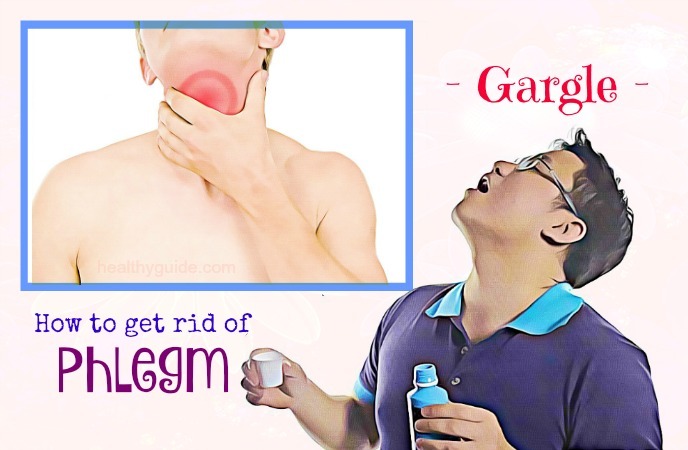
Every day, glands in the linings of your nose, throat, airways, stomach, and intestinal tract produce mucus. Your nose alone makes about a quart of it each day. Mucus is a thick, wet substance that moistens these areas and helps trap and destroy foreign invaders like bacteria and viruses before they cause infection.
Normally, you don’t notice the mucus from your nose because it mixes with saliva, drips harmlessly down the back of your throat, and you swallow it.
When your body produces more mucus than usual or it’s thicker than normal, it becomes more noticeable.
The excess can come out of the nostrils — that’s a runny nose. When the mucus runs down the back of your nose to your throat, it’s called postnasal drip.
Yellow mucus
Yellow mucus can indicate a bacterial infection in the nasal passages. This type of infection often requires antibiotics to clear up. If the yellow color is accompanied by thick and discolored nasal discharge, it may be a sign of a sinus infection.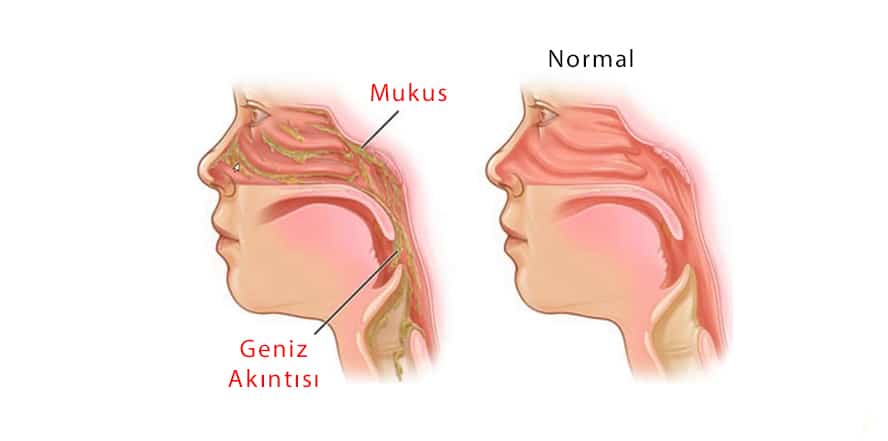
Green mucus
Green mucus can be a sign of a more severe viral or bacterial infection. The green color is caused by the presence of white blood cells that are fighting the infection. If the green mucus is accompanied by other symptoms such as fever, it is important to see a doctor for treatment.
Clear mucus
Clear mucus is normal and indicates that the nasal passages are healthy. It is the body’s way of trapping dust, dirt, and other particles from entering the lungs. Clear mucus is also seen in the beginning stages of a cold or allergy and is often the sign that the body is fighting off an infection or irritation.
White mucus
White mucus is also normal, and can be a sign that the body is producing a thicker mucus in response to an irritation or infection. It can also be caused by dry air or exposure to irritants such as smoke or pollution.
Brown mucus
Brown mucus can be a sign of exposure to pollution or smoking.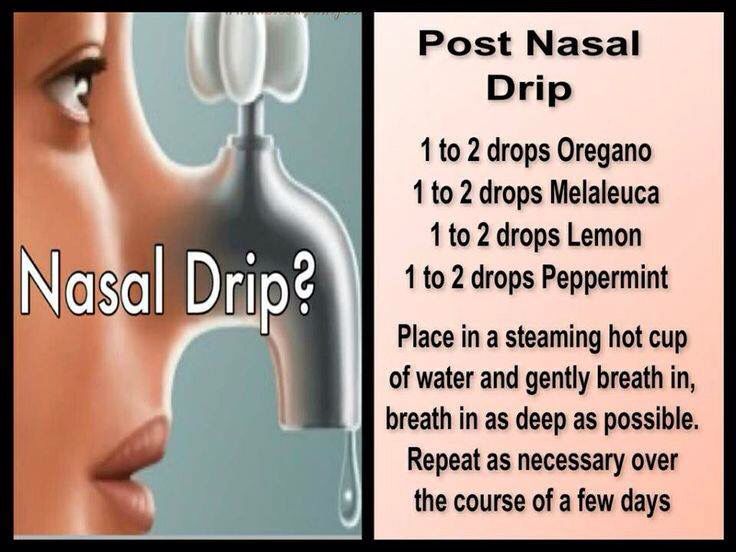 It can also be caused by the presence of dried blood, which can occur from blowing the nose too hard. If the brown color is accompanied by other symptoms, it is important to see a doctor to rule out any serious conditions.
It can also be caused by the presence of dried blood, which can occur from blowing the nose too hard. If the brown color is accompanied by other symptoms, it is important to see a doctor to rule out any serious conditions.
Black mucus
Black mucus is not a common color and can be a sign of exposure to very high levels of pollution or smoke. It can also indicate a fungal infection. If the black color is accompanied by other symptoms, it is important to see a doctor for treatment.
Red mucus
Red mucus can be a sign of bleeding in the nasal passages. This can occur from blowing the nose too hard or from a more serious condition such as cancer. If the red color is accompanied by other symptoms, it is important to see a doctor for treatment.
The excess mucus that triggers it has many possible causes, including:
- Flu
- Allergies, also called allergic postnasal drip
- Sinus infection or sinusitis, which is an inflammation of the sinuses
- Object stuck in the nose (most common in children)
- Certain medications, including some for birth control and blood pressure
- Deviated septum, which is the crooked placement of the wall that separates the two nostrils, or some other problem with the structure of the nose that affects the sinuses
- Changing weather, cold temperatures, or really dry air
- Certain foods (for example, spicy foods may trigger mucus flow)
- Fumes from chemicals, perfumes, cleaning products, smoke, or other irritants
Sometimes the problem is not that you’re producing too much mucus, but that it’s not being cleared away.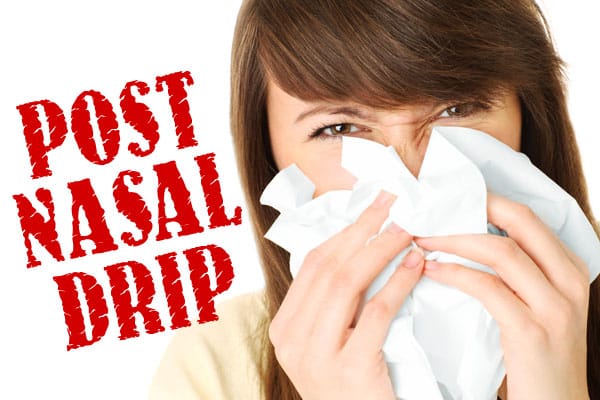 Swallowing problems can cause a buildup of liquids in the throat, which can feel like postnasal drip. These problems can sometimes occur because of a blockage or conditions such as gastroesophageal reflux disease, also known as GERD.
Swallowing problems can cause a buildup of liquids in the throat, which can feel like postnasal drip. These problems can sometimes occur because of a blockage or conditions such as gastroesophageal reflux disease, also known as GERD.
Postnasal drip makes you feel like you constantly want to clear your throat.
It also can trigger a cough, which often gets worse at night. In fact, postnasal drip is one of the most common causes of a cough that just won’t go away.
Too much mucus may also make you feel hoarse and give you a sore, scratchy throat.
If the mucus plugs up your Eustachian tube, which connects your throat to your middle ear, you could get a painful ear infection.
You could also get a sinus infection if those passages are clogged.
Postnasal drip and nausea
Nausea is not a typical symptom of postnasal drip, but it can be associated with it in some cases. When mucus accumulates in the throat, it can cause a feeling of congestion and discomfort, which may lead to nausea.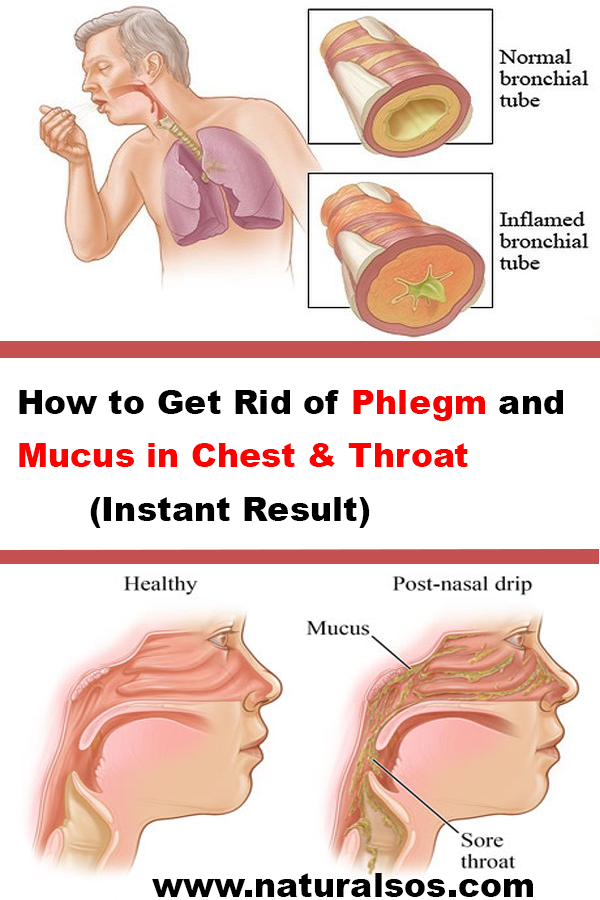
Additionally, some people may experience nausea when taking certain medications used to treat postnasal drip symptoms such as decongestants. These medications can cause stomach upset and may lead to nausea in some individuals. If you are experiencing nausea while taking these medications, it is important to speak with your doctor about alternative treatment options.
How you treat postnasal drip depends on what’s causing it. Antibiotics can clear up a bacterial infection. However, green or yellow mucus is not proof of a bacterial infection.
Colds can also turn the mucus these colors, and they are caused by viruses, which don’t respond to antibiotics.
Antihistamines and decongestants can often help with postnasal drip caused by sinusitis and viral infections. They can also be effective, along with steroid nasal sprays, for postnasal drip caused by allergies.
The older, over-the-counter antihistamines, including diphenhydramine (Benadryl) and chlorpheniramine (Chlor-Trimeton), might not be the best choices for postnasal drip. When they dry out mucus, they can actually thicken it.
When they dry out mucus, they can actually thicken it.
Newer antihistamines like cetirizine (Zyrtec), desloratadine (Clarinex), fexofenadine (Allegra), levocetirizine (Xyzal), and loratadine (Claritin, Alavert), may be better options and are less likely to cause drowsiness. It’s a good idea to check with your doctor before taking these because all of them can have side effects that range from dizziness to dry mouth.
Another option is to thin your mucus. Thick mucus is stickier and more likely to bother you. Keeping it thin helps prevent blockages in the ears and sinuses. A simple way to thin it out is to drink more water.
Other methods you can try include:
- Take a medication such as guaifenesin (Mucinex).
- Use saline nasal sprays or irrigation, like a neti pot, to flush mucus, bacteria, allergens, and other irritating things out of the sinuses.
- Turn on a vaporizer or humidifier to increase the moisture in the air.
For centuries, people have treated postnasal drip with all kinds of home remedies. Probably the best known and most loved is hot chicken soup.
Probably the best known and most loved is hot chicken soup.
While it won’t cure you, hot soup or any hot liquid might give you some temporary relief and comfort. It works because the steam from the hot liquid opens up your stuffy nose and throat. It also thins out mucus. And because it’s a fluid, the hot soup will help prevent dehydration, which will make you feel better, too.
A hot, steamy shower might help for the same reason.
You can also try propping up your pillows at night so that the mucus doesn’t pool or collect in the back of your throat. If you have allergies, here are some other ways to reduce your triggers:
- Cover your mattresses and pillowcases with dust mite-proof covers.
- Wash all sheets, pillowcases, and mattress covers often in hot water.
- Use special HEPA air filters in your home. These can remove very fine particles from the air.
- Dust and vacuum regularly.
Call your doctor if the drainage is bad smelling, you have a fever, you’re wheezing, or your symptoms are severe or last for 10 days or more. You might have a bacterial infection.
You might have a bacterial infection.
Let your doctor know right away if you notice blood in your postnasal drip. If medication doesn’t relieve your symptoms, you might need to see an ear, nose, and throat specialist (also called an otolaryngologist) for evaluation. Your doctor might want you to get a CT scan, X-rays, or other tests.
Top Picks
Nasal congestion after SARS | Answers to questions
NOSE TREATMENT QUESTIONS AND ANSWERS
Question asks: Stas
Hello. I have read a considerable number of dialogues of “patients” and your answers on this site, but nowhere is there a question of a simple treatment – everywhere (!) Surgical intervention. Here I have a problem, like the bulk of those who are looking for here: nasal congestion after SARS! There is no runny nose, just after some time it is difficult and even there is nothing to breathe. Only Naphthyzin helps, and without it it’s simply not possible to breathe through my nose – it feels like I’ve never breathed through my nose (it’s so stuffy). So, the essence of the question is, is it possible to cure this without SURGICAL intervention and continue to use Naphthyzin ONLY for a cold? 🙂 Please send the answer to the specified e-mail, as the question is important for me, and I can read the answer 100% only if you answer and receive it in the mailbox. Thanks in advance!!!
I have read a considerable number of dialogues of “patients” and your answers on this site, but nowhere is there a question of a simple treatment – everywhere (!) Surgical intervention. Here I have a problem, like the bulk of those who are looking for here: nasal congestion after SARS! There is no runny nose, just after some time it is difficult and even there is nothing to breathe. Only Naphthyzin helps, and without it it’s simply not possible to breathe through my nose – it feels like I’ve never breathed through my nose (it’s so stuffy). So, the essence of the question is, is it possible to cure this without SURGICAL intervention and continue to use Naphthyzin ONLY for a cold? 🙂 Please send the answer to the specified e-mail, as the question is important for me, and I can read the answer 100% only if you answer and receive it in the mailbox. Thanks in advance!!!
Answer: Lydia Vladimirovna Vereshchagina
Hello, Stas!
If there is a tendency to get used to naphthyzinum, then it is better to try not to use it more than 3 times a day, more than 5 days.
For severe nasal congestion, saline sprays can be tried – if they alleviate the condition, then this is the most favorable option.
Sometimes nasal hormonal sprays (Nasonex, Flixonase) and sometimes intranasal blockades (pricks into the nasal mucosa) have a good effect.
Also, do not forget about physiotherapy – magnetotherapy removes swelling from the nasal mucosa quite well.
In order to treat a person well, you need to examine him – do you have a deviated septum, what are the concomitant diseases, what is your profession – etc. – it all matters.
Please rate the article. We tried :):
Be healthy!
Every spring my nose is badly breathing and stuffy. The eyes are a little watery. I don’t really do anything with it. I would like to know if it needs to be treated? What…
Which method is better for washing the nose, Aquamaris or Dolphin? What is the difference, pros and cons, which one is better? Nothing about other techniques. ..
..
Good afternoon! Daughter 2.3 years. We started attending kindergarten and, of course, got sick. On the first day of illness, frequent sneezing and slight mucous membranes…
Hello! I have vasomotor rhinitis. For 10 years I have been dripping Naphthyzine into my nose. I read on the Internet that thuja oil helps with nasal congestion. So…
I am pregnant, all the time I am worried about the feeling that mucus accumulates on the back wall of the nasopharynx, it is very viscous, I constantly want to swallow it….
Hello! My name is Andrew. I am worried about purulent discharge from the nose, accompanied by an unpleasant odor and stuffy ear (left)….
Hello. Tell me what to do. For 5 months, frequent recurrent purulent rhinitis. Antibiotics were prescribed (Augmentin, Flemoklav,…
Hello, tell me, please. My gestation period is 15 weeks. hypertrophic rhinitis with the help of a laser Tell me, please, how much is enough?0007
Hello!! Tell me please, I’ve been dripping different drops into my nose for about half a year now (and I tried it for children), but I just can’t get rid of the drops!!.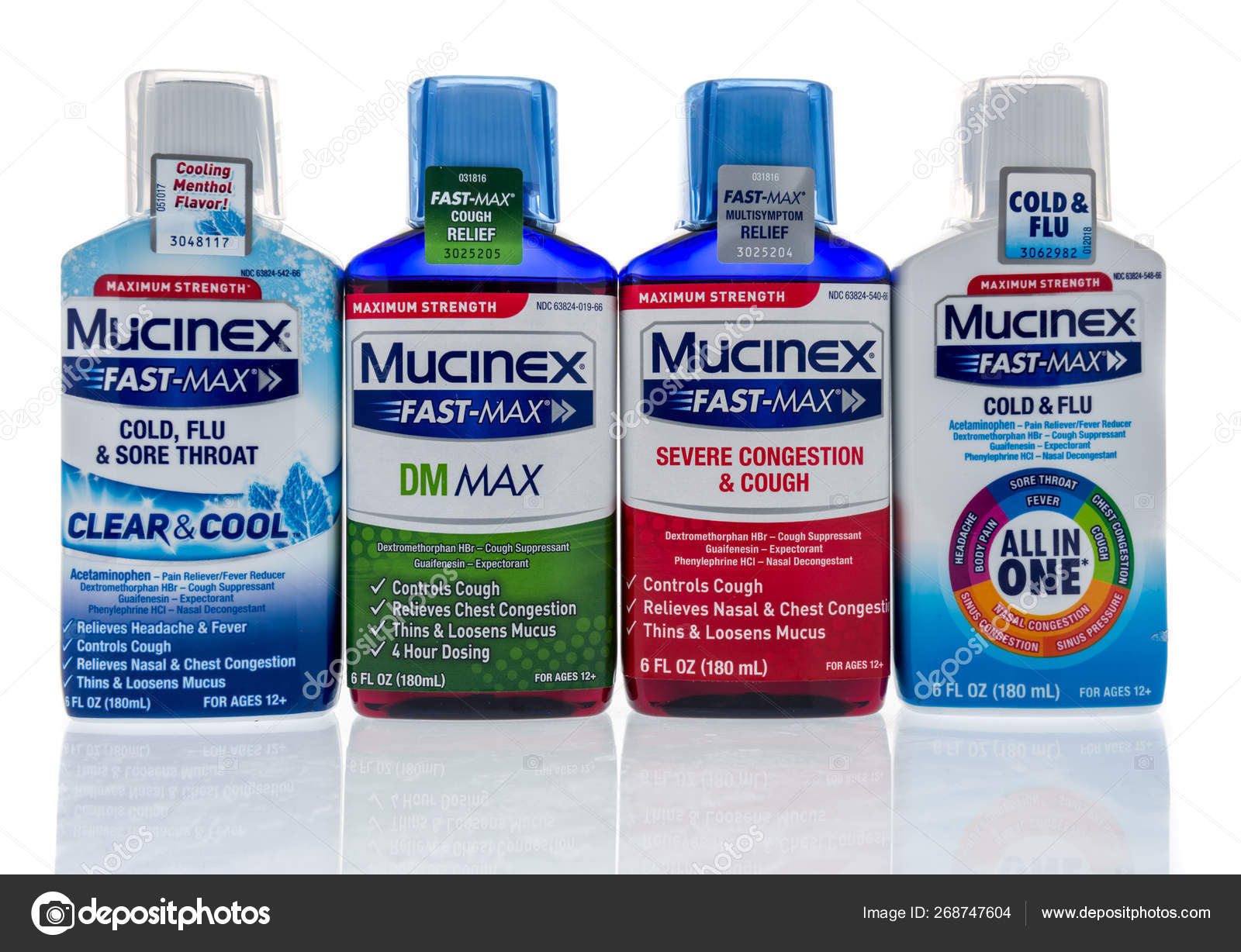 ..
..
Ask a question
You can ask a question or see existing answers to patient questions.
How to treat nasal congestion after coronavirus
27.04.2021
Why does my nose get stuffy after suffering from coronavirus? Causes, treatment and prevention
COVID-19- one of the most terrible diseases today. It’s no secret that the coronavirus has a negative impact on human health, and especially on the ENT organs. The very first thing that the sick person notices is a cough and a lack of smell. A person breathes, but cannot taste or smell.
Causes of nasal congestion after coronavirus
Even after the body recovers, some discomfort may still be felt, and the old problems return again. Common ones are congestion and runny nose. But why does this happen if a person has already been ill?
The main factors and causes that most often contribute to the appearance of nasal congestion in case of coronavirus:
- If another pathogen has entered the body along with coronavirus, which provokes the appearance of respiratory infections.

- If rhinitis of a bacterial nature has joined as a complication.
- If allergic rhinitis was found in a person against the background of coronavirus infection.
- Weakened immunity. Your immunity did not have time to recover completely after suffering a serious illness. Since the body is still weak, it can pick up other sores, such as a cold or SARS.
- Smoking. If you are a heavy smoker, cigarettes may be the cause of congestion. Tobacco, nicotine and other harmful substances only worsen your already unstable and weak condition after illness.
- Nasal polyps and cysts. Such unpleasant “allies” in the form of cysts or polyps also exacerbate the situation. Perhaps you didn’t even suspect about their presence, but they could appear just after covid.
If after covid-19 stuffy nose, and you do not know how to treat it, then you should contact competent specialists – doctors. They will conduct the necessary research, help you identify the real cause and prescribe a treatment plan.
How to treat nasal congestion after coronavirus
There are many different drugs that help get rid of nasal congestion. However, if you want to solve the problem yourself, then you should not buy potent drugs.
How to treat the nose after coronavirus:
- With antibiotics. If the congestion lasts more than a month, then antibiotics will help. Excellent help to cope “Ceftriaxone”, “Augmentin”, “Framycetin”, “Medicamicin”.
- Drops in the nose. The most common remedy is nasal drops. They act quickly enough, because they get directly into the nasal mucosa. Vasoconstrictors, immunomodulators, antiseptics are considered good.
- Mucolytics. Often, mucus accumulates in the paranasal sinuses, and it is not always easy to remove it. In this case, it is worth using such means as “Lazolvan”, “Prospan”, “Mukodin”.
The above medicines should only be used as prescribed by a physician. If used on their own, it can lead to improper treatment and additional health problems.
Treatment of rhinitis after coronavirus. Common advice
The most common concomitant problem with congestion is the common cold. It also interferes with normal breathing and can cause post-coronavirus nasal swelling.
Treatment recommendations:
- Inhalation. If there is special equipment at home, then inhalations are recommended to eliminate rhinitis.
- Oils and various juices. A mixture of aloe juice and Kalanchoe perfectly eliminates the common cold, and sea buckthorn oil – congestion. It is worth instilling a few drops a day.
- Salt solution. You can make it at home with salt and a couple of drops of iodine. For 1 glass of water 1 tsp. salt and 2-3 drops of iodine.
Also a proven method will be ultraviolet irradiation using the devices of the company “Solnyshko”. Ultraviolet destroys all harmful bacteria!
Post-Treatment Prevention
After treatment is completed, it is important to maintain your health. To do this, it is necessary to consume vitamins quite often, but not in the form of drugs, but in the form of vegetables, fruits and other vitamin-containing foods.
To do this, it is necessary to consume vitamins quite often, but not in the form of drugs, but in the form of vegetables, fruits and other vitamin-containing foods.
It will also not be superfluous to secure your apartment or premises where you often stay. Quartz and bactericidal lamps produced by “Solnyshko” will perfectly help you with this.
The products of this company have long established themselves in the market and produce effective equipment for modern medicine. “Sunshine” helps to make a person’s life healthy and safe!
Did you like it?
Tell your friends:
Items mentioned in this article:
OUVd-01 “Sun” ultraviolet irradiator
more details
OUFk-01 “Solnyshko” ultraviolet quartz irradiator
more details
OUFv-02 “Sun” ultraviolet irradiator
more details
OUF-10-2A “Sun” ultraviolet quartz irradiator
more details
OUFk-01M “Solnyshko” ultraviolet quartz irradiator
more details
OUFk-05 “Solnyshko” ultraviolet irradiator for skin irradiation
more details
OUF-10-2AT “Sun” (with timer) quartz ultraviolet irradiator
more details
OUVd-01 “Sun” ultraviolet irradiator
more details
OUFk-01 “Solnyshko” ultraviolet quartz irradiator
more details
OUFv-02 “Sun” ultraviolet irradiator
more details
OUF-10-2A “Sun” ultraviolet quartz irradiator
more details
OUFk-01M “Solnyshko” ultraviolet quartz irradiator
more details
OUFk-05 “Solnyshko” ultraviolet irradiator for skin irradiation
more details
OUF-10-2AT “Sun” (with timer) quartz ultraviolet irradiator
more details
Our partners
Call us
8 (800) 222-78-71
Or leave a request and our manager will contact you shortly
leave a request
X
You must have JavaScript enabled to use this form.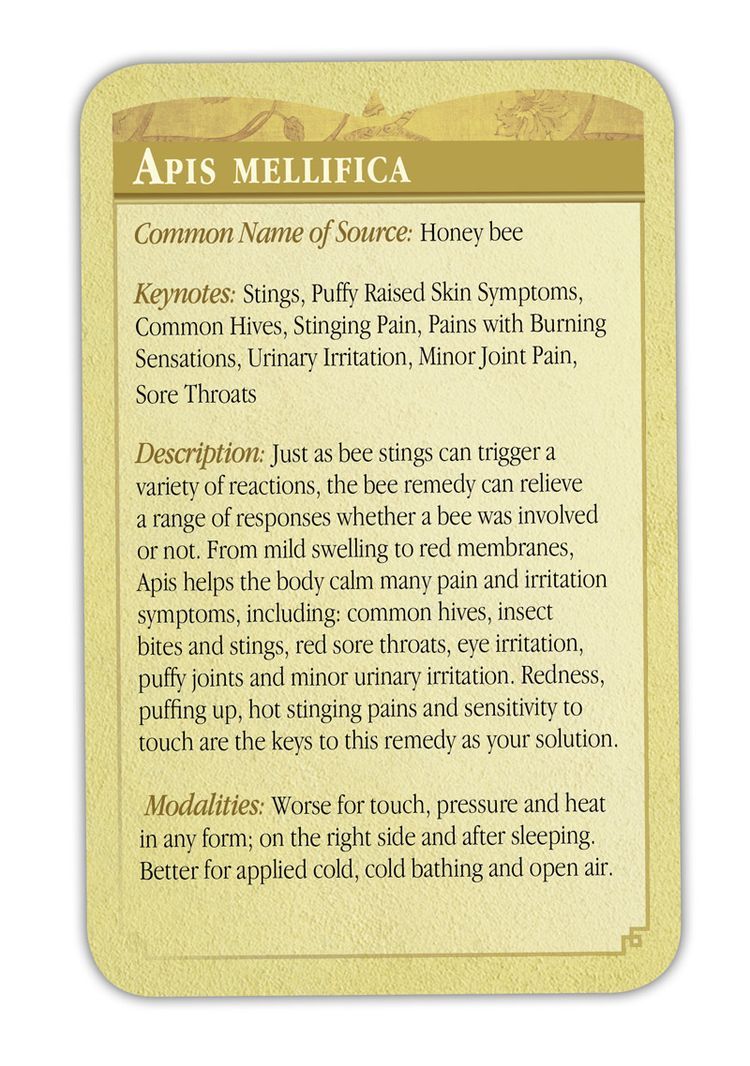
Repair Request
Choose on whose behalf you act
Individual
Legal entity
TIN
Your last name
Your Name
Your patronymic
Mobile phone
Your e-mail
Instrument name and purchase date
Shipping:
TK SDEK
Russian Post
Sending TC SDEC. Enter the address of the nearest CDEC issue point
Sending by Russian post. Enter your postal address
By clicking the “Send” button, I give my consent to the processing of my personal data, in accordance with the Federal Law of July 27, 2006 No. 152-FZ “On Personal Data”, on the terms and for the purposes specified in the Consent to the processing of personal data
CHANGES IN THE SCHEDULE OF WORK DURING THE NEW YEAR HOLIDAYS
Dear customers!
We congratulate you on the upcoming 2022 and draw your attention to the changes in the work schedule due to the upcoming holidays:
December 30, 2021 – from 08.

 Being dehydrated can also cause the mucus that’s produced to be thicker.
Being dehydrated can also cause the mucus that’s produced to be thicker. Because the lining of the nose is not suited for exposure to such irritants, you may find that more mucus is produced, leading to post-nasal drip.
Because the lining of the nose is not suited for exposure to such irritants, you may find that more mucus is produced, leading to post-nasal drip.